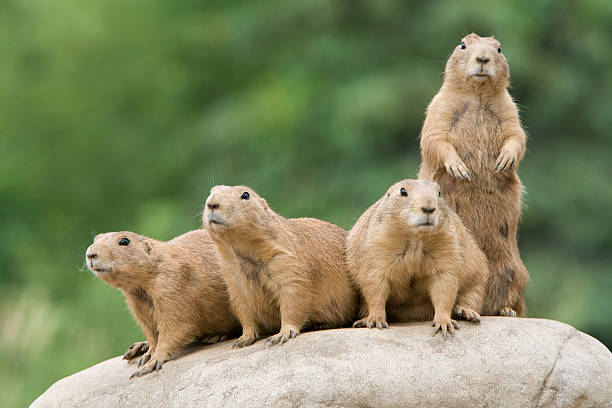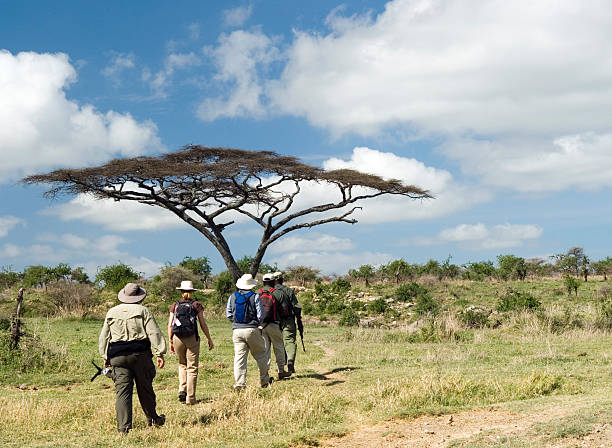Unveiling the Intricate Social Structure of Prairie Dogs
Delve into the fascinating world of prairie dogs, as we unravel the intricacies of their social structure. Understand the complexities of their community dynamics and the astounding communication system that sets them apart from other rodent species. A fascinating exploration, this article promises to broaden your understanding and appreciation of these unique creatures.

The Intricate World of Prairie Dogs
Prairie dogs, burrowing rodents native to North America, are known for their complex social structures. Unlike many of their rodent counterparts, they live in large colonies or ‘towns,’ consisting of hundreds or even thousands of individuals. These towns are divided into smaller family groups or ‘coteries,’ which are typically composed of one dominant male, several females, and their offspring.
The Role of Social Hierarchy
Within these coteries, a strict social hierarchy is maintained. The dominant male is responsible for defending the territory and ensuring the safety of the group. Females, on the other hand, are primarily responsible for nurturing the young and maintaining the burrow. Young prairie dogs often engage in playful behavior, which researchers believe aids in their social development and the establishment of their place within the coterie.
Communication: A Key Element
One of the most fascinating aspects of prairie dog society is their advanced system of communication. They have a diverse range of vocalizations, including warning calls that can specify different types of predators. This sophisticated ‘language’ allows them to relay complex messages to their community, further strengthening their social bonds and collective safety.
Current Studies and Discoveries
Recent research has shed light on the altruistic behavior of prairie dogs. Studies have found that they exhibit selfless behavior, such as grooming each other to remove ticks and other parasites. This communal care extends beyond their immediate family, demonstrating a level of social cooperation rarely seen in rodent species. Furthermore, researchers have discovered that prairie dogs engage in what appears to be a form of ‘kissing,’ a behavior believed to reinforce social bonds and confirm recognition.
The Impact and Importance of Prairie Dogs
Prairie dogs play a vital role in their ecosystem. Their burrowing activities help aerate the soil, facilitating plant growth. Their colonies provide habitats for various other species, including burrowing owls and rattlesnakes. Despite their significance, prairie dog populations have been declining due to habitat loss and disease. Conservation efforts are underway to protect these remarkable creatures and the crucial role they play in maintaining the ecological balance.
In conclusion, prairie dogs offer a fascinating insight into the complexities of animal social structures. Their advanced communication system, intricate social hierarchy, and communal behaviors set them apart as a truly unique species. As we continue to learn more about these incredible creatures, we gain a deeper understanding of the complex world of animal societies, reaffirming the importance of their preservation.





